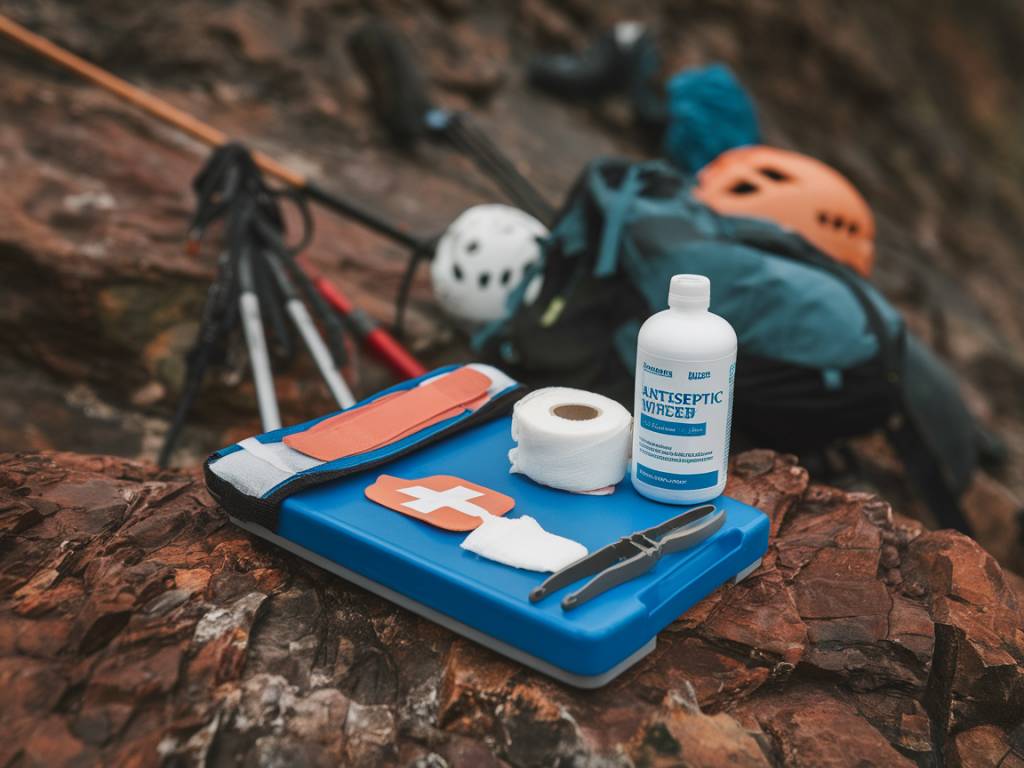
Essential first aid tips for adventurers
If you’re an adventurer, you know that the thrill of exploring the great outdoors comes with its share of risks. Whether you’re hiking, climbing, or trekking through remote areas, accidents can happen. Having basic first aid knowledge can be a lifesaver, quite literally. In this article, I will cover essential first aid tips for adventurers to help you prepare for your next adventure.
The Importance of a First Aid Kit
First and foremost, having a well-stocked first aid kit is crucial. This kit should be tailored to your specific needs and the type of adventure you’re embarking on. Make sure it includes essentials like bandages, antiseptics, pain relievers, and other crucial items. Here’s a checklist of items you should consider including:
- Adhesive bandages in various sizes
- Antiseptic wipes and ointment
- Gauze pads and medical tape
- Scissors and tweezers
- Pain relievers such as ibuprofen or acetaminophen
- Hydrocortisone cream for insect bites and rashes
- Antihistamines for allergic reactions
- Emergency blanket
- CPR face shield
- First aid manual
Remember that a first aid kit is only as useful as your knowledge of how to use it. Take some time to familiarize yourself with the contents and their uses before you hit the trail.
Dealing with Minor Cuts and Scrapes
Minor cuts and scrapes are common outdoor injuries that can easily be managed with basic first aid:
- Clean the wound: Use clean water to rinse out any dirt or debris. If clean water is not available, use an antiseptic wipe.
- Apply antiseptic: Once the wound is clean, apply an antiseptic ointment to prevent infection.
- Bandage the wound: Cover the wound with an adhesive bandage or gauze and secure it with medical tape.
Keep an eye on the wound for signs of infection, such as redness, swelling, or pus. If any of these signs appear, seek medical attention as soon as possible.
Managing Sprains and Strains
Sprains and strains are also common among adventurers. Whether it’s a twisted ankle while hiking or a strained muscle from climbing, knowing how to manage these injuries can help you avoid further complications:
- Rest: Stop any activity that may cause further injury.
- Ice: Apply ice to the injured area for 20 minutes every 2 hours to reduce swelling and pain.
- Compression: Use an elastic bandage to compress the injured area, which can help reduce swelling.
- Elevation: Elevate the injured limb above heart level to minimize swelling.
This method is often referred to as RICE (Rest, Ice, Compression, Elevation) and is highly effective for managing sprains and strains.
Addressing Blisters
Blisters can be a painful annoyance during long hikes or treks. They are usually caused by friction, heat, and moisture, often from ill-fitting shoes or socks. Here’s how to deal with them:
- Prevent: Wear well-fitted shoes and moisture-wicking socks to minimize friction. Apply blister prevention tape to problem areas before you start your trek.
- Relieve: If you develop a blister, stop and assess it. If it’s small and unbroken, you can leave it uncovered. For larger, painful blisters, you may want to drain them carefully using a sterilized needle, ensuring to keep the overlying skin intact.
- Treat: Cover the blister with a sterile bandage or moleskin to protect it from further friction.
Handling Insect Bites and Stings
Insect bites and stings are almost inevitable during outdoor adventures, and while many are minor, some can be severe or even life-threatening. Here’s how to address them:
- Identify the bite or sting: Different insects leave different marks. Understanding what bit you can help determine the appropriate treatment.
- Clean the area: Wash the bite or sting area with soap and water to prevent infection.
- Apply antiseptic: Use an antiseptic cream or lotion to soothe the skin.
- Manage swelling and pain: Use ice to reduce swelling, and take an antihistamine to relieve itching and discomfort.
- Monitor for allergic reactions: Keep an eye out for signs of a severe allergic reaction, such as difficulty breathing, swelling of the face or throat, or a rapid pulse. If any of these symptoms occur, seek emergency medical help immediately.
Treating Dehydration and Heat Exhaustion
Staying hydrated is crucial during any adventure. Dehydration and heat exhaustion can sneak up on you quickly, especially in hot or humid conditions. Here’s what you can do:
- Hydrate: Drink plenty of water throughout your adventure. Carry a water filter or purification tablets if you expect to be in remote areas without access to clean water sources.
- Rest in shade: Take breaks in shaded areas to cool down.
- Replenish electrolytes: Carry electrolyte solutions or sports drinks to replace lost salts and minerals.
- Dress appropriately: Wear lightweight, breathable clothing and a hat to protect yourself from the sun.
If you or a companion exhibit signs of heat exhaustion, such as excessive sweating, dizziness, or nausea, it’s essential to cool down immediately and slowly rehydrate.
Basic CPR and Emergency Techniques
While we all hope we’ll never encounter a situation that requires CPR or other emergency techniques, it’s better to be prepared. Here are some fundamental steps to follow:
- Check the scene: Ensure the environment is safe for you and the injured person.
- Check for responsiveness: Tap the person and shout to see if they are responsive.
- Call for help: If there is no response, call emergency services or instruct someone nearby to do so.
- Begin chest compressions: Place your hands one on top of the other in the center of the person’s chest. Push hard and fast, aiming for a rate of 100-120 compressions per minute.
- Use an AED if available: Follow the instructions on an Automated External Defibrillator (AED) if one is accessible.
Understanding Altitude Sickness
For adventurers planning high-altitude expeditions, altitude sickness is a serious risk. It’s essential to recognize the symptoms and know the preventative measures:
- Symptoms: Headache, dizziness, fatigue, shortness of breath, and nausea are common signs of altitude sickness.
- Ascend gradually: Allow your body time to acclimate to higher altitudes by ascending slowly.
- Hydrate: Drinking plenty of fluids can help your body adjust to altitude changes more effectively.
- Medication: Consult with a healthcare provider about altitude sickness prevention medications if you’re planning a high-altitude trip.
- Descend if necessary: If symptoms persist or worsen, descend to a lower altitude immediately.
Being prepared with the right knowledge and equipment is crucial for anyone venturing into the wilderness. Ensuring you have the right first aid supplies and understanding basic first aid techniques can make a world of difference in an emergency. Remember, your safety is paramount, and being prepared is the first step towards a successful and enjoyable adventure.

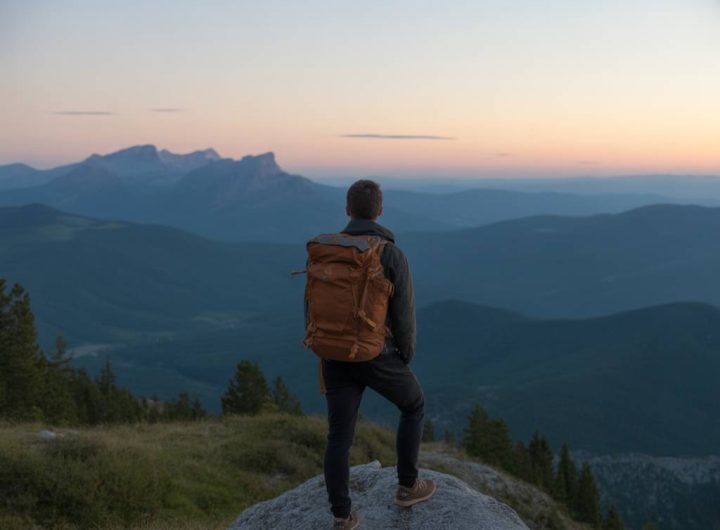 Microaventures près de chez vous : comment vivre l’aventure sans quitter votre région
Microaventures près de chez vous : comment vivre l’aventure sans quitter votre région 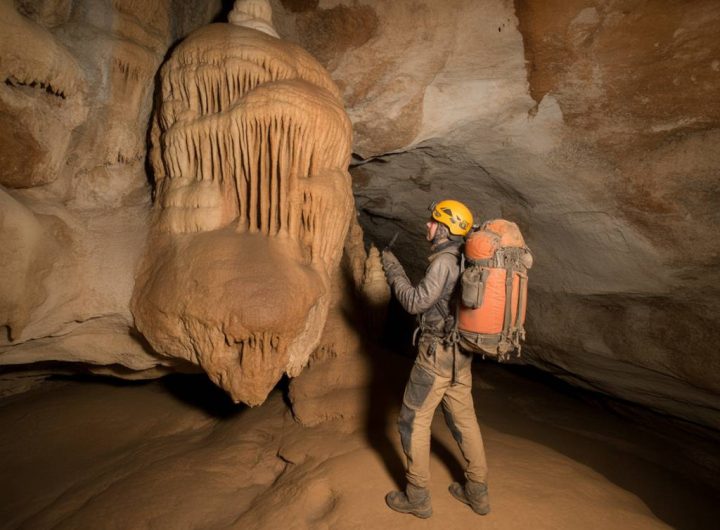 Caving Adventures: Exploring the World’s Most Fascinating Underground Destinations
Caving Adventures: Exploring the World’s Most Fascinating Underground Destinations 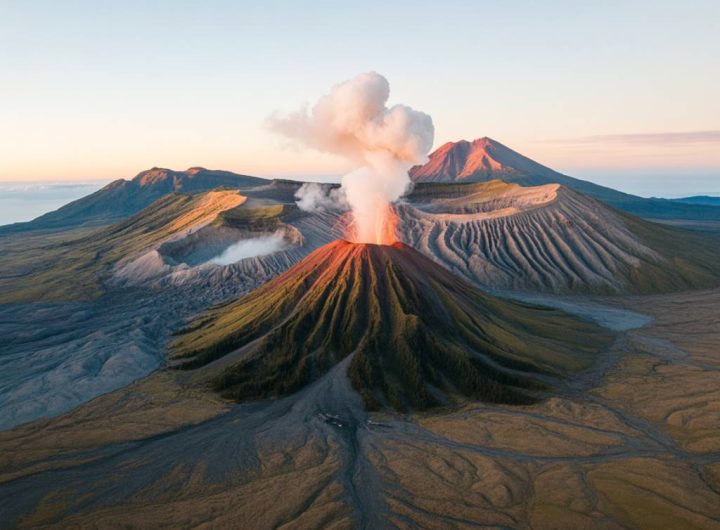 Exploring Volcanic Landscapes: Top Adventure Destinations Around Active Volcanoes
Exploring Volcanic Landscapes: Top Adventure Destinations Around Active Volcanoes 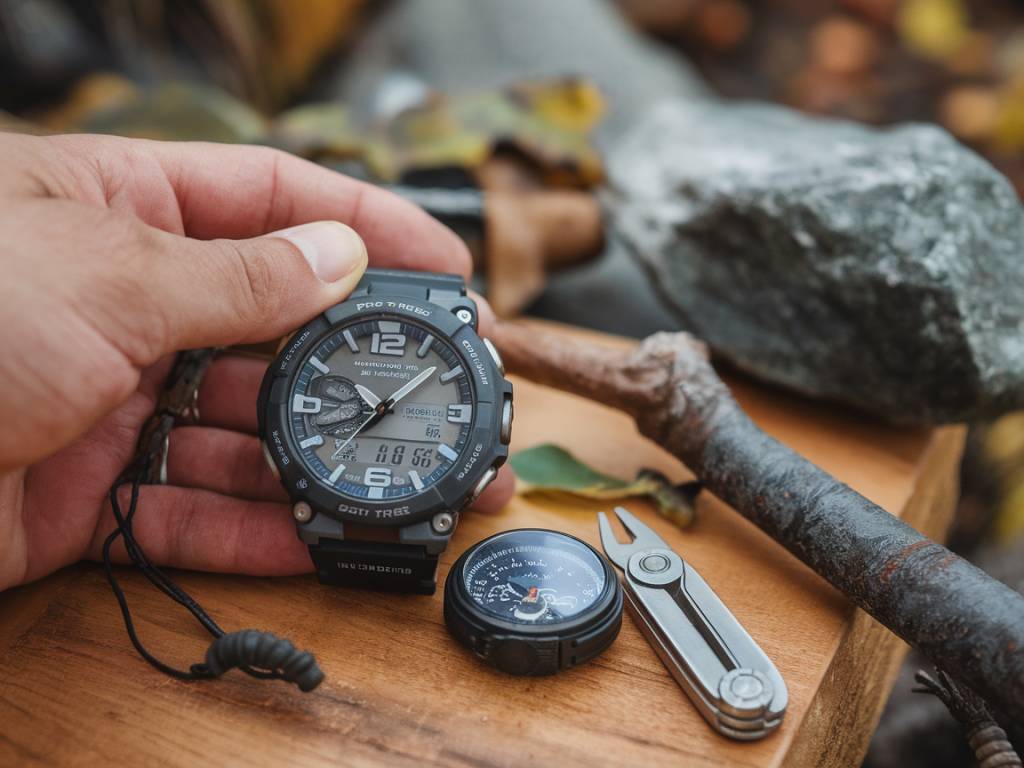 Top 5 adventure watches with gps and survival features
Top 5 adventure watches with gps and survival features 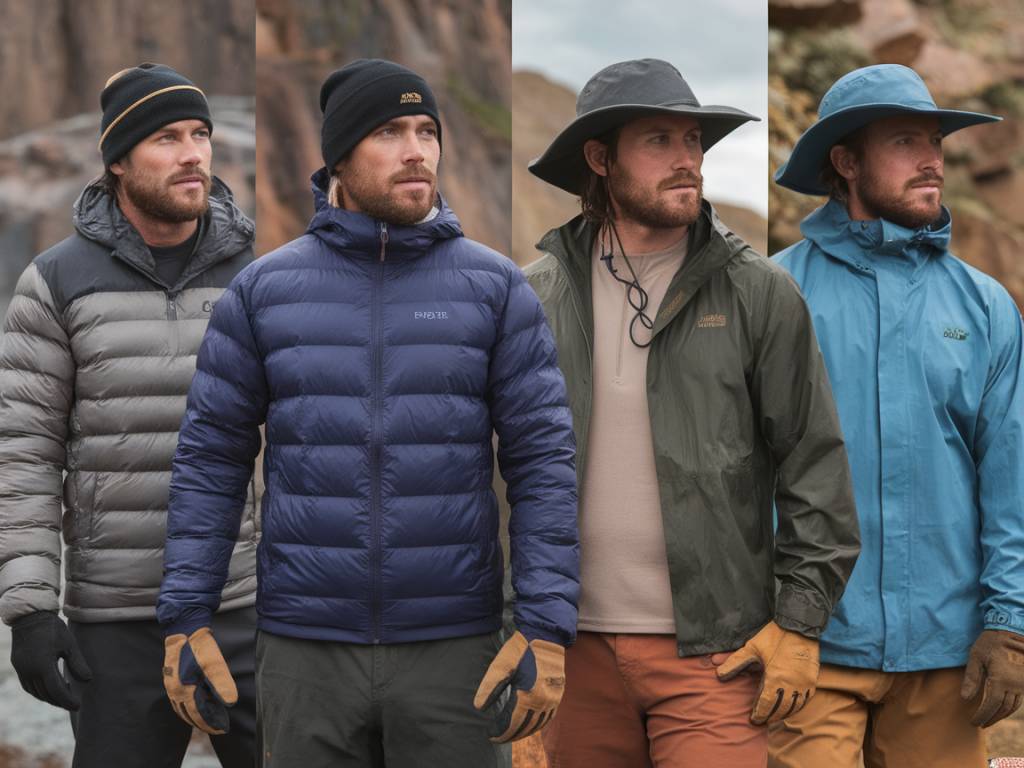 How to choose the right adventure clothing for every climate
How to choose the right adventure clothing for every climate 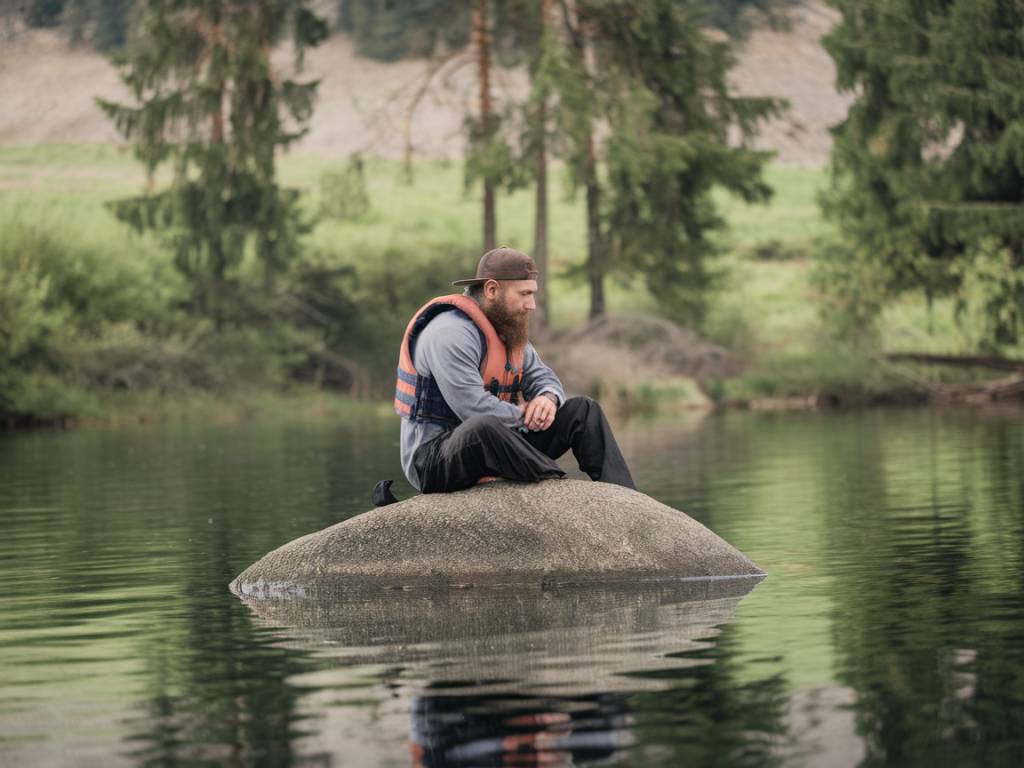 Planning a successful off-grid adventure: what you need to know
Planning a successful off-grid adventure: what you need to know 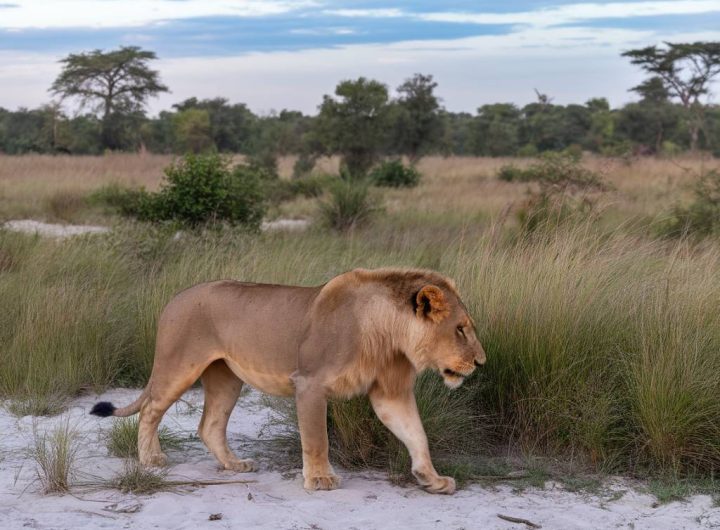 Best African safari destinations: top 5 experiences in Africa
Best African safari destinations: top 5 experiences in Africa